Liverpool have reported a club-record revenue for the financial year of 2021-22, but that comes with £146 million in debt including a loan from FSG.
Tuesday morning brought the latest financial report from Liverpool, who generated a record-high revenue of £594 million for the financial year.
That comes with Jurgen Klopp‘s side playing in every game possible in the 2021/22 season, winning the FA Cup and Carabao Cup and reaching the final of the Champions League.
But that news is offset by the fact that, with bills rising dramatically, the club made a pre-tax profit of just £7.5 million.
Furthermore, there are huge debts both to owners Fenway Sports Group and external lenders.
How much do Liverpool owe in debt?
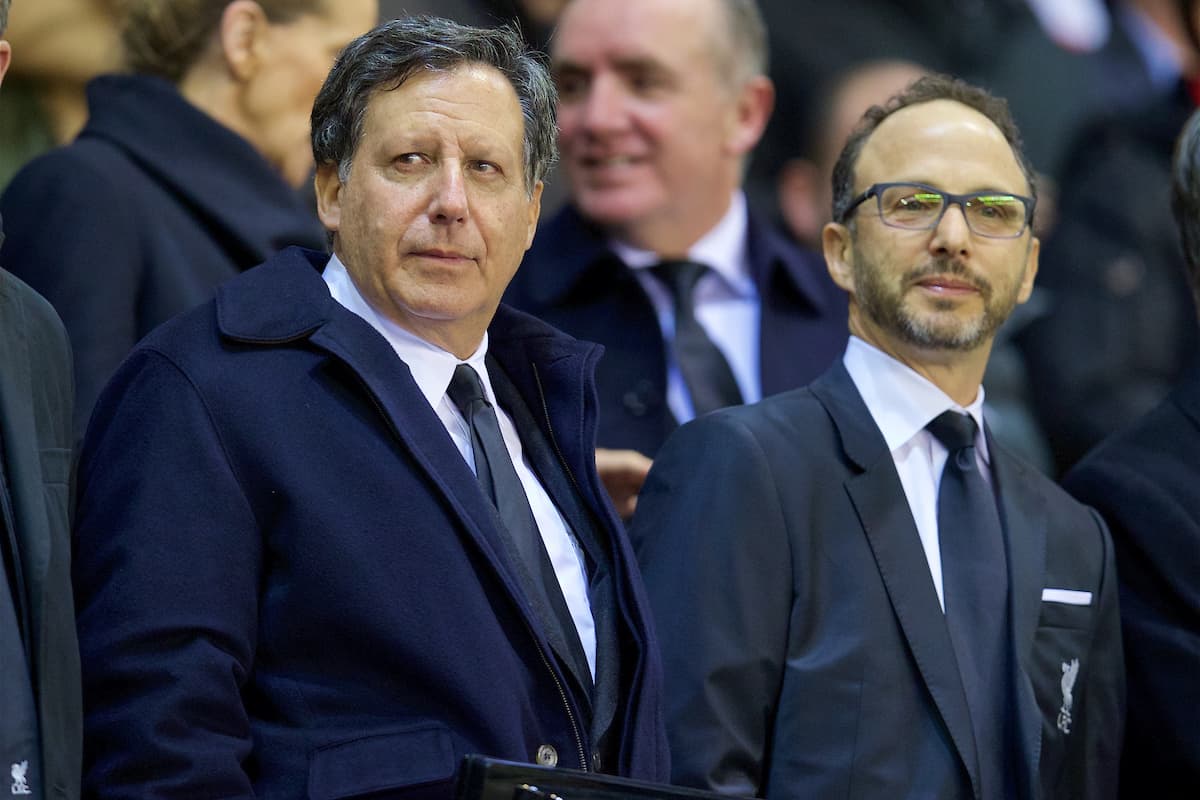
According to the club’s financial reports, as relayed by The Athletic‘s James Pearce, Liverpool currently owe FSG a total of £71.4 million from an initial loan of £110 million agreed over six years ago.
The club’s external debt stands at £88 million, which is owed to other lenders rather than the club’s owners themselves.
However, Liverpool have cash assets of £13.4 million, meaning that net debt value is £74.6 million.
Why does the club owe FSG so much?
In short, FSG lent the club their own money to finance the expansion of Anfield’s Main Stand, which was completed in 2016.
That initial loan was for £110 million, with gradual repayments made to bring that down to the current balance of £71.4 million.
No repayment was made in the 2021-22 financial year because, as explained by journalist David Lynch, FSG paused those following the COVID-19 pandemic.
Why is the other debt separate?
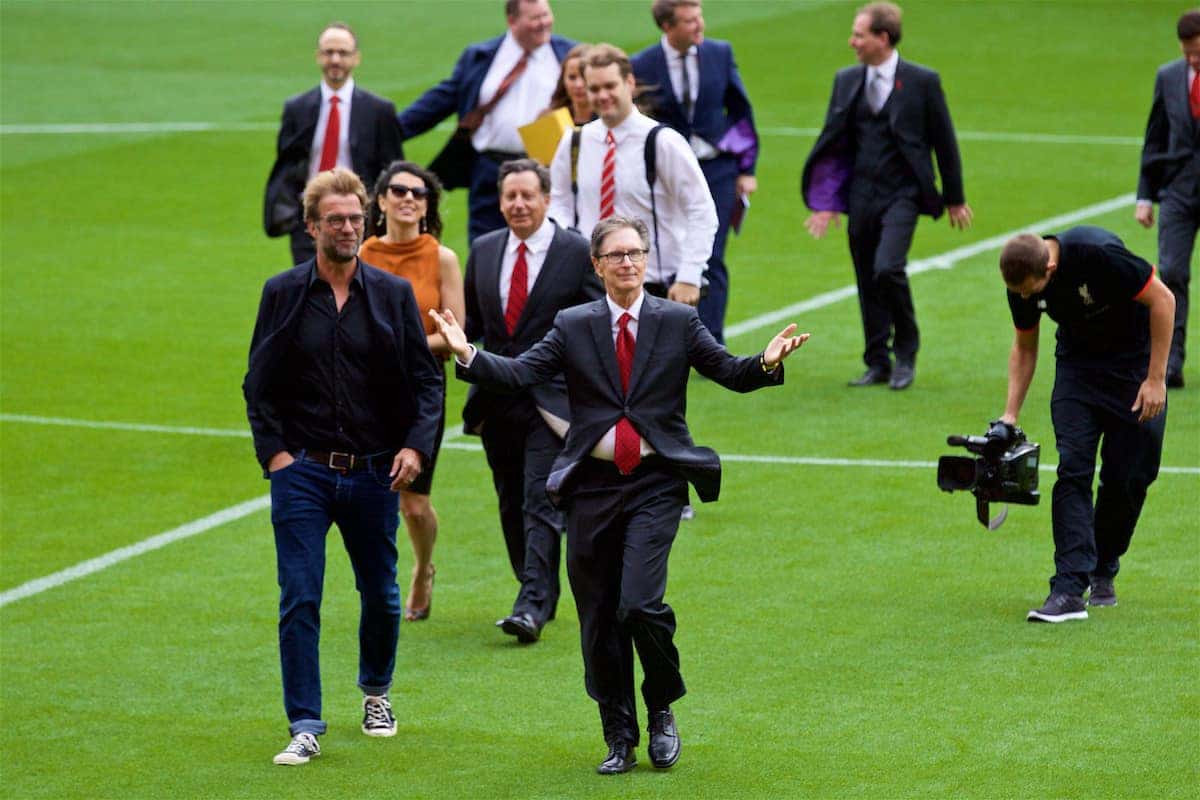
It may seem confusing, however, that Liverpool still owe a further £88 million beyond their sizeable debt to FSG.
That value is down from the £128 million loaned from banks to finance projects such as the ongoing redevelopment of the Anfield Road Stand.
Put simply, doing so allowed FSG to take fewer risks with their own money and agree a comfortable repayment structure to balance finances and continue investment – such as with new signings and contracts.
“Money is not free. We will be borrowing money to finance this stand,” managing director Andy Hughes confirmed in 2019.
Hughes told the Liverpool Echo: “We are in a much stronger place and the fact we can finance this locally within our revolving credit facility demonstrates that.”
What does it mean for FSG’s plans for investment?
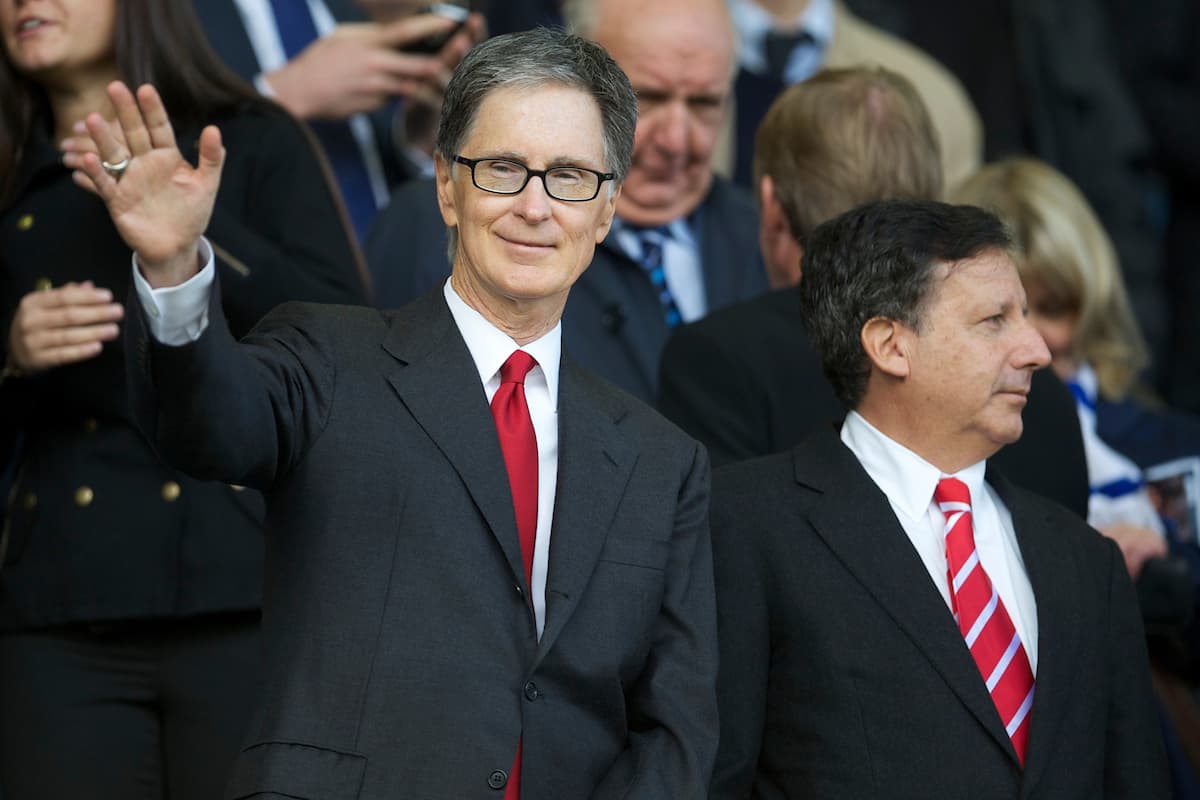
It was widely theorised after FSG confirmed their intention to seek investment – and reports of a potential sale of the club – that they had accepted that, alone, they could not compete with their oil-rich rivals.
The collapse of a breakaway European Super League was one of the overriding factors highlighted, while the takeover of Newcastle by the Saudi state compounded the situation further.
Though John W. Henry has since insisted the club is not for sale, it was privately briefed that this was not the case.
The club’s long-standing debt repayment – both to FSG and external banks – does go some length to explain why FSG would seek investment.
But on Tuesday, Hughes insisted: “We maintain our position of growing this club with significant investment with new and existing players signing contracts and the construction of the new Anfield Road Stand.”
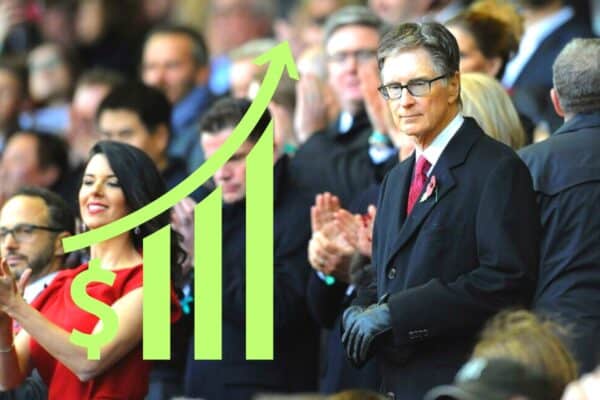






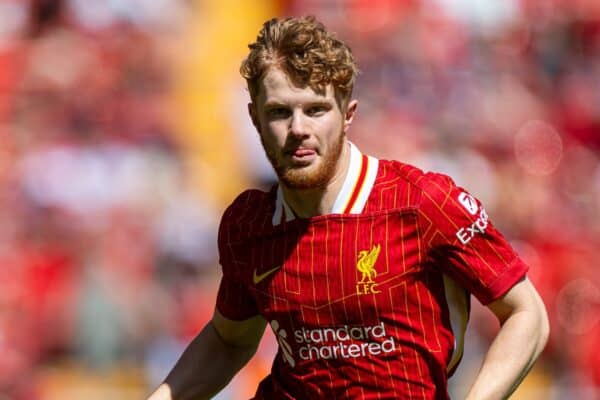



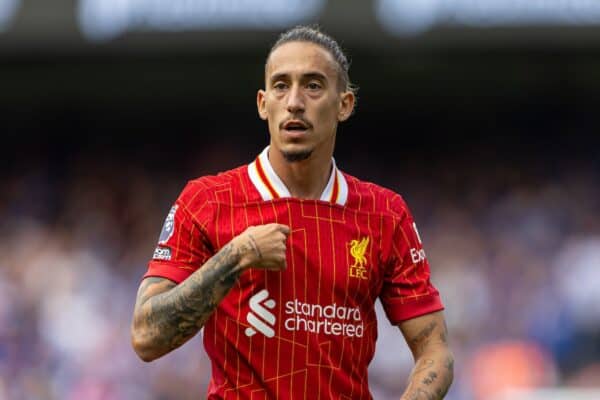
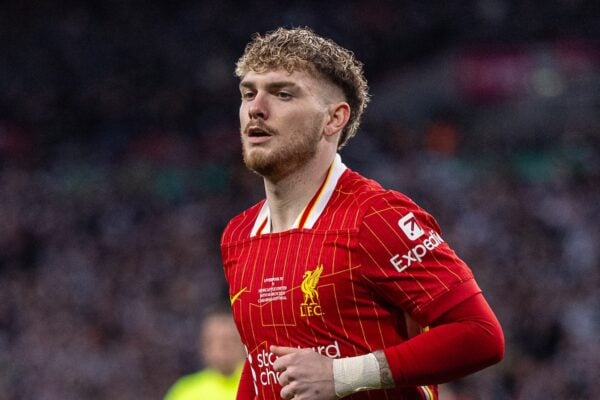

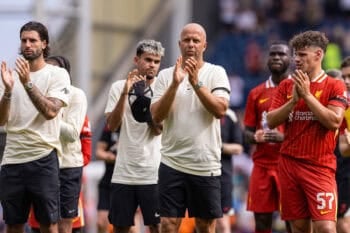

Fan Comments